More “Landlords on the Street”
The Missing Middle
I’ve been spending a lot of time lately working with a group that emerged from the Strong Towns community called the Incremental Development Alliance. They are working across the continent, training everyday people with ordinary amounts of money to develop time-honoured buildings. The goal is to give people with no development industry experience the confidence and know-how to construct or rehab the kind of buildings that make a city homey.
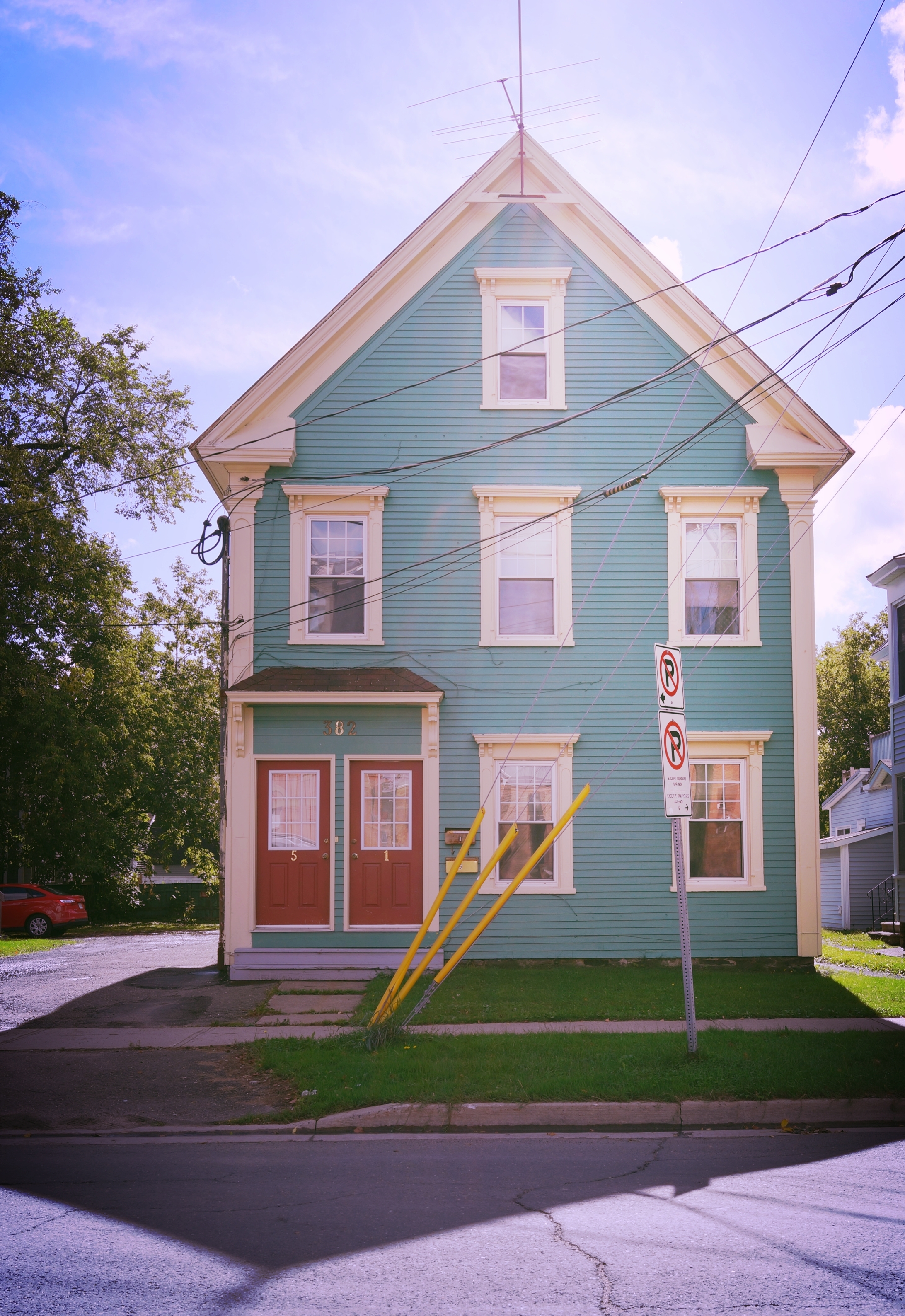
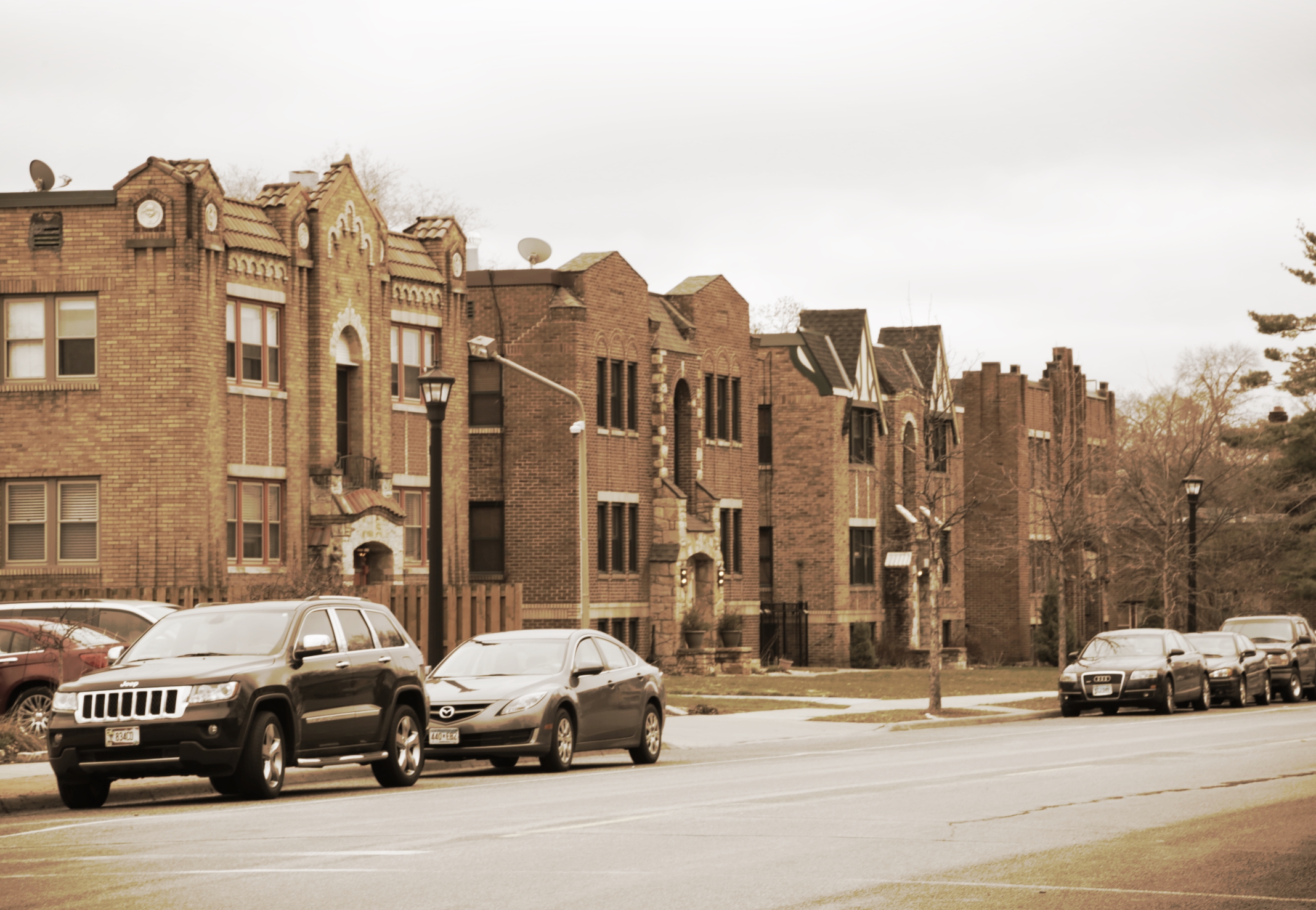
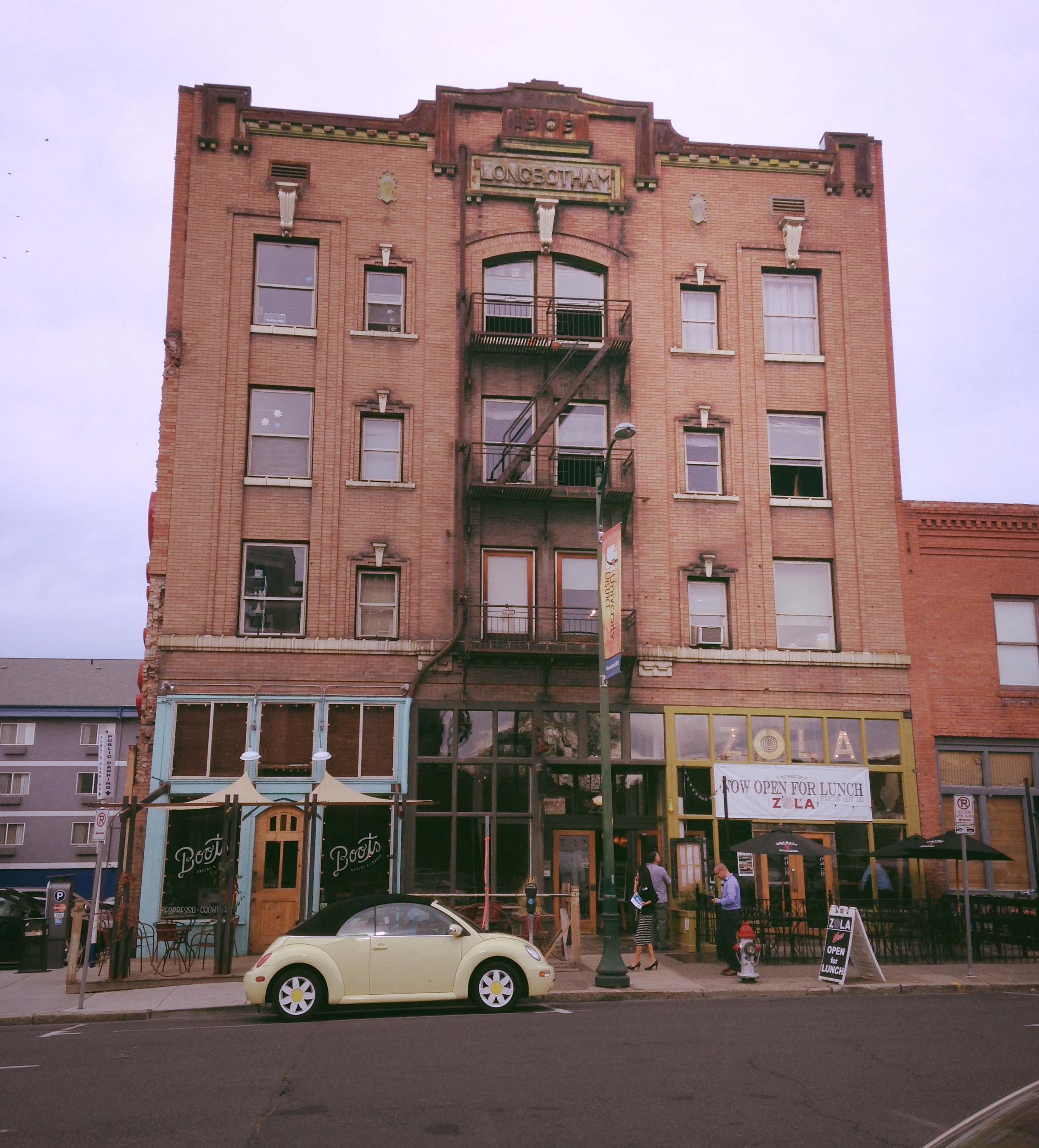
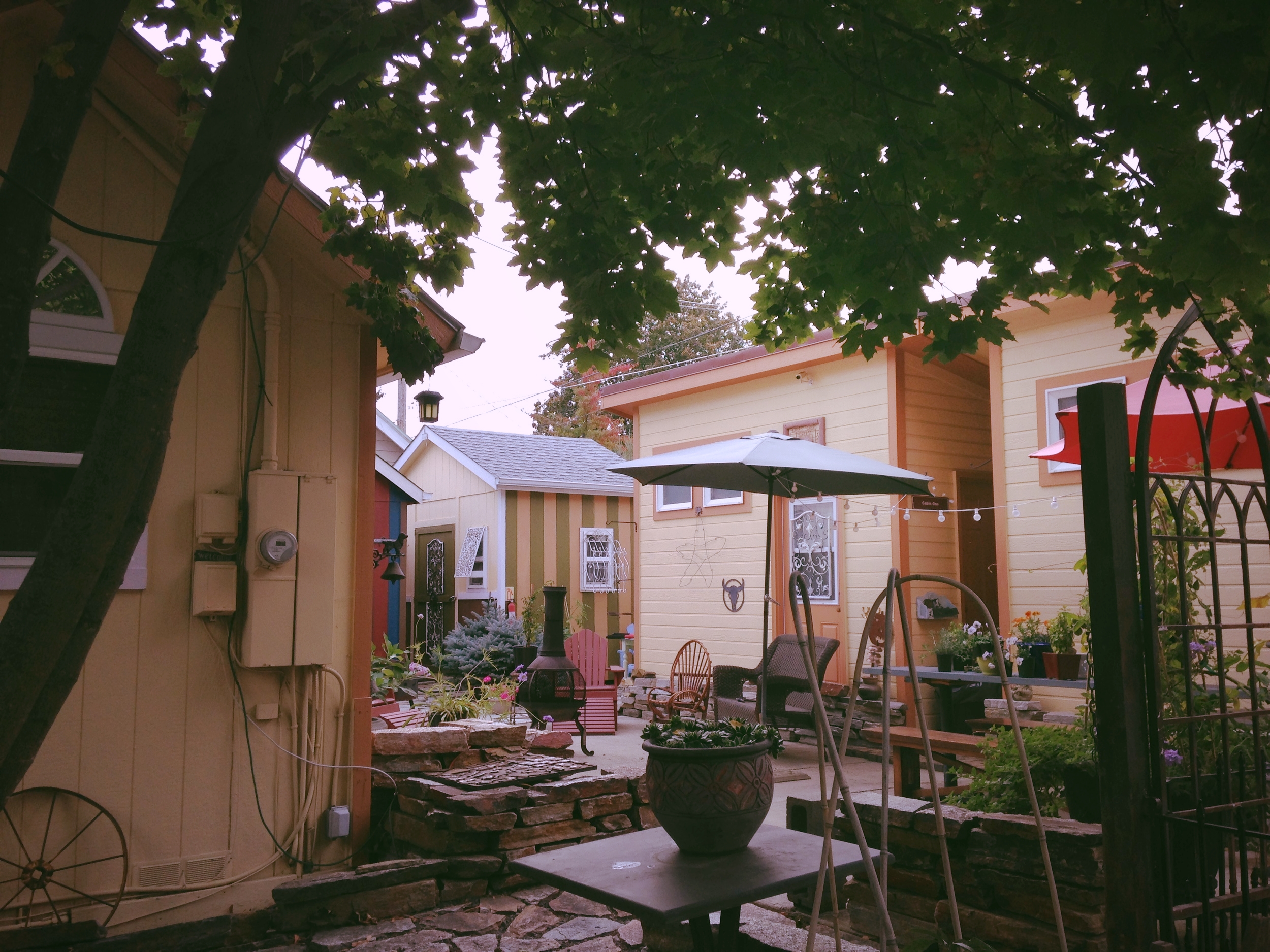
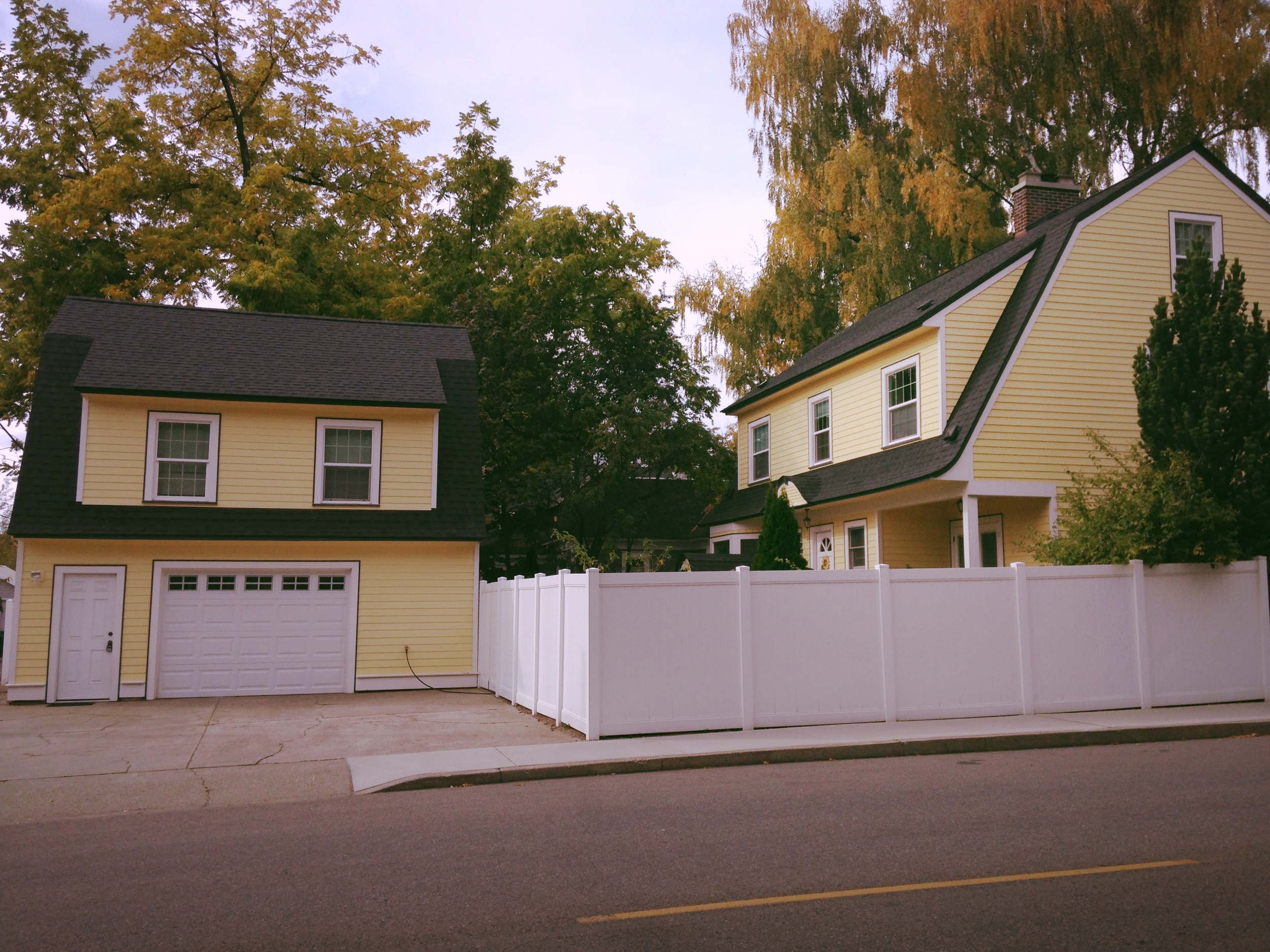
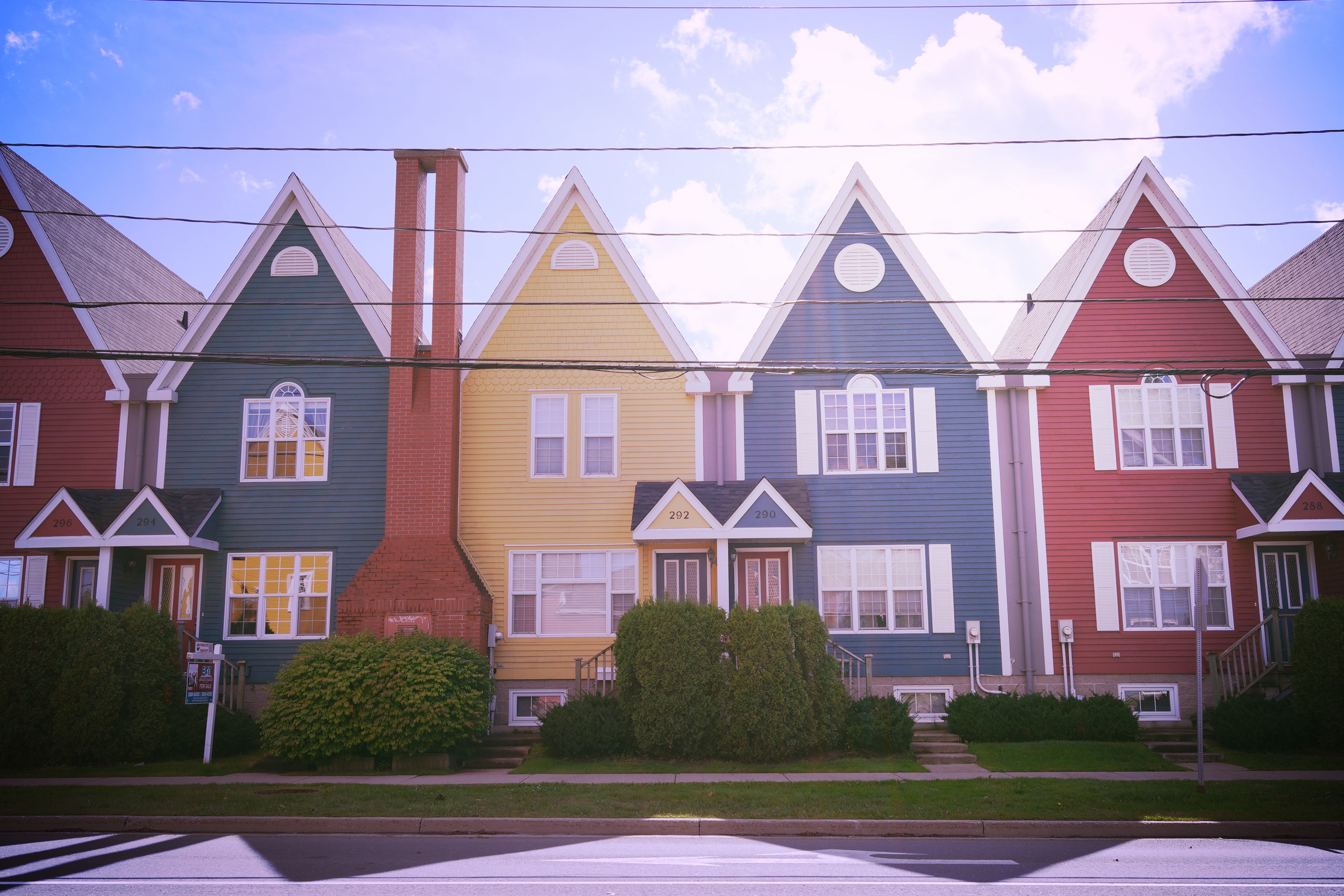
You know what I mean - there are a million different versions and regional flavours of the same buildings out there that somehow manage to be both timeless and special. They are so adaptable and customizable. And unfortunately building them anew is a bit of a lost art, not to mention a regulatory challenge. In an era of fast money, our systems of lending, investment, construction, and zoning presently discourage this approach, which has resulted in something Dan Parolek has labeled The Missing Middle. In between the single-family home and midrise building, there is a wide spectrum of classic housing options that are undersupplied by the mass-production development world. Hence the training.
(I pulled this video from a blog post by Ben Brown, covering the most recent bootcamp.)
Image from: http://missingmiddlehousing.com/
Missing Middle market potential slide from Jim Tischler of the Michigan State Housing Development Authority - http://www.michigan.gov/mshda
City Farming
We envision a world with a lot more landlords. Here's why we think that’s such a good thing.
We use the notion of farming a lot - cultivating a neighborhood, so to speak. It’s especially helpful when you consider the movements of small scale city-farmers and food-farmers to be moving in tandem.
The conventional development industry has spent decades specializing and chasing economies of scale. It can efficiently mass-produce housing at a relatively low cost per unit (with the help of millions of dollars upfront). It is industrialized farming. We get a lot of cheap “food,” but at a great cost to wellness and society. The inputs (oil, water, fertilizer, land etc.) to keep this ship afloat are unsustainable. In the biggest, baddest of the bunch, the profits of industrialized farming funnel up to conglomerates, impoverishing the people who actually work the fields.
At the other end of the spectrum, small scale developers are not bound to economies of scale. They live in an economy of means, relying on relationships, resourcefulness, and adaptability to keep their overhead low. They are the local, ecological farmer and they need to be smart and attentive or they will not succeed. This farmer has no ambitions to quadruple the size of their farm - they couldn’t manage it all. Instead, they try to create the most life out of the land they've got, without becoming reliant on unsustainable inputs. They love and care for their land and benefit from more neighbors who do the same. It attracts the bees and butterflies. And when the food goes to market, the profits are more fairly and widely distributed. Much of it gets re-spent locally.
The thing is, you need A LOT of small scale farmers in order to produce enough food locally. But it’s hard work, and it's at the mercy of the weather, and in the best of times you’re making a living, not a killing. Despite all this, there’s a growing movement of people that *want* to pursue this small farming thing, they just never learned how.
I could take this already overdrawn analogy so much further, but I'll let you look forward to that later. The moral of the story is that if we want safe food and housing that are grown with care, in fair conditions, we need way more people on the production side of the equation.
More landlords
Jane Jacobs famously wrote: “Cities have the capability of providing something for everybody, only because, and only when, they are created by everybody.”
She also coined the term “eyes on the street,” to describe the good behavior and comfort that derives from knowing there are lots of people around forming natural surveillance.
One of the things I’ve absorbed hanging around small developer Monte Anderson is the benefit to what I’ll call “landlords on the street.” In 25 years of small scale development in South Dallas, Monte has brought a lot of housing units to fruition. Interestingly, he likes to sell off his properties while they are still affordable to cornerstone tenants that would otherwise get priced out of a neighborhood.
“The hope is an entrepreneur will come along and own that building and have three rental spaces,” he said. “The entrepreneur builds net worth, and the entrepreneur is now a major stakeholder in downtown, which changes the self esteem and everything about that entrepreneur’s life. They’ve got a piece of the action, they’re not renting from ‘the man.’” - Read full interview
While Monte says he hopes “an entrepreneur will come along,” he is not waiting passively for that to happen. For example, he joined community activists to create space for locals to test and grow their business ideas at low cost. The result - a pop-up market - has been a hit, resulting in at least one entrepreneur that is ready to take the next step and move into one of Monte's buildings.
“My approach is to come in and get other small developers and entrepreneurs to come in very early and be a part of the change. These are the people who make it cool, like artists and restaurateurs, and they [usually] end up not owning anything and getting pushed out in the end.” - Read full interview
He keeps a few anchor buildings that pay rent, but Monte has the wisdom to understand that his farm is protected and made better when there are more landlords on the street.
“[…] He made a huge mark by helping people buy nearby land when prices were low, sometimes through personal loans or use of his credit rating.
"I wanted somebody else next to me, and when they pay me back, they own their buildings themselves," he said. "It’s not that I’m a good guy, it’s that I’m building a healthy community where everybody is a stakeholder. When a lot of us own, that’s where the culture shifts, that’s the 'secret sauce.'" - Read full interview
Landlords on the Street Ratio
Don’t be confused here. Rental housing gets a lot of flack for "ruining" neighborhoods, but that’s a misconception. Rental housing is great because it enables people of various preferences, circumstances, and life stages to live in the same neighbourhood. We all rent at some point, and often forever. I’d also argue that renters can just as easily have a sense of stewardship for their city as a homeowner might (I'm living proof).
Small developer John Anderson explains that building rental units is actually a very a smart approach for the small developer, especially with rental demand expected to grow steeply for years to come.
At first, I was struggling with what I thought was conflicting advice here. Should you build-to-sell or build-to-lease? From the developer’s point of view, that largely depends on the kind of lifestyle you’re looking for. From a societal point of view, what matters is that there are more landlords.
Picture two neighborhoods of the same land area with 70% rental housing. One has a landlord to renter ratio of 1:100 because it is mostly made up of single-family homes and garden apartments or tower-blocks. The other has a landlord to renter ratio of 1:6 because it is mostly made up of the missing middle. Which is more likely to create a happy city? The number of landlords, not renters, is the crux of the issue.
Garden apartments next to single family homes (Bishop Drive area, Fredericton)
Surviving blocks of the Missing Middle (West Plat, Fredericton)
Of course, I've illustrated two extreme (yet common) ends of a spectrum. Depending on how many people you need to accommodate in a city, different positions on that spectrum will make more sense. What is clear is that the US and Canada (among other countries) are way too far on the end of mass-produced, industrial scale housing production and we'd benefit from a push toward the other end.
Whether you are the landlord or you’re helping others own an income property, the more we can tighten up that landlord to renter ratio, the closer we get to that ideal of a city created by everybody. Having more landlords on the street means we’ve got more small developers being attentive to their neighborhoods and sharing the wealth created in real estate cycles, rather than getting pushed out. One can also hope that small developers are better able to see the long term value in being good farmers with the wisdom not to be greedy.
On that note, we’ll end with a laugh (not-safe-for-work, explicit language):
All photos by Gracen Johnson unless stated otherwise.





